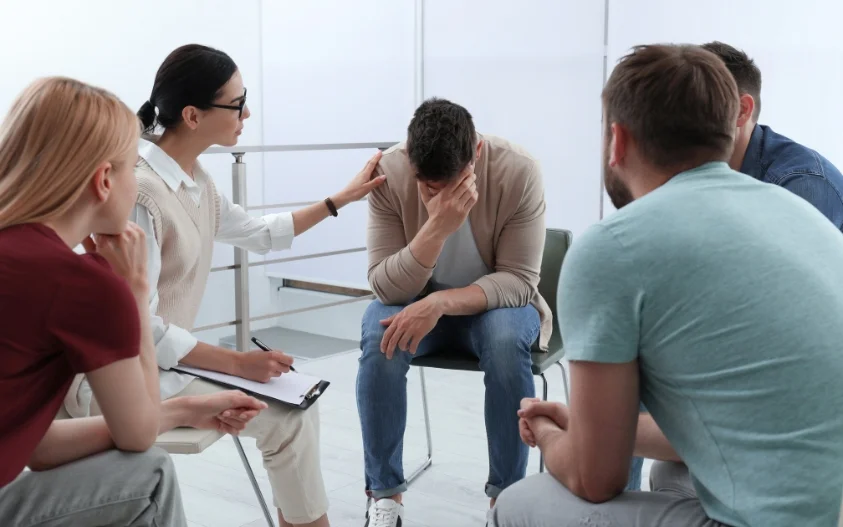24/7 Helpline:
(866) 899-111424/7 Helpline:
(866) 899-1114
Learn more about PTSD Treatment centers in Sedona
PTSD Treatment in Other Cities

Other Insurance Options

MVP Healthcare

Regence

Aetna

Coventry Health Care

Holman Group

Group Health Incorporated

Health Net

ComPsych

CareSource

Ceridian

AllWell
Beacon

Sliding scale payment assistance

Carleon

Health Partners

Oxford

Premera

Horizon Healthcare Service

Choice Care Network

Amerigroup









